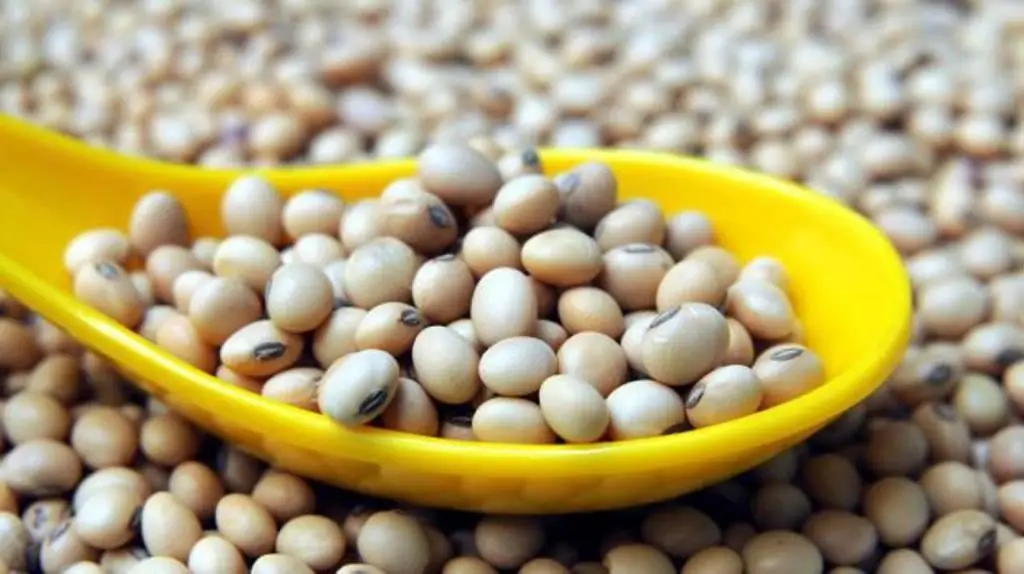2025 Author: Isabella Gilson | [email protected]. Last modified: 2025-01-23 12:50:31
All-purpose flour: what does it mean? Surely, many of you have asked this question, not having met the usual "highest" or "first" grade on a pack.
It is hard to imagine the production of bread, pasta and other products without wheat flour. In Russia, it is produced from soft wheat and hard wheat, called durum. In durum flour, the grain contains a lot of gluten, but this type requires special conditions for growing. Since durum wheat contains a lot of protein and has an advantage over other varieties in processing, such wheat is much he althier than soft wheat. Wheat flour is used for the production of a wide variety of products: rolls, muffins, drying, bread, pasta, pancakes, sauces, pies, confectionery and so on. Undoubtedly, any cook and even a housewife should know what grades flour is divided into and what classification it has.

A little about standards
In Russia, two GOSTs have been established for wheat flour: this is GOST R 52 189 - 2003 (Wheat flour. General technical conditions)and GOST R 52 668 - 2006 (Flour for durum wheat pasta. Specifications). So, in accordance with the first GOST, there are six varieties of wheat baking flour: this is the highest grade, second, first, wholemeal and extra. There is also GOST of wheat flour for general purposes, which is divided into eight types. It is usually divided into different types depending on how finely ground it is and on its composition. There are the following types of flour for general purposes: M 45-23, M 55-23, M 75-23, M 100-25, M 145-23, M 125-20, MK 55-23, MK 75-23. When grinding from durum wheat, particles are larger than when processing soft wheat - this is very important when making pasta. Different varieties of soft wheat are commonly used to make bread flour. To improve its quality, some durum flour is sometimes added to it. Such flour contains a lot of good quality gluten, which is needed to produce good quality bread. Soft varieties are also used for the production of this type of flour.

What grade of all-purpose flour does the label mean?
The letter M means that this flour is made from a soft variety of wheat, and if K is added to it, then it means that this is a coarse grinding product. The first part of the digital designation indicates the maximum content of minerals, that is, the so-called "ash content" (this is the percentage of ash multiplied by a mass zone). And the second digit is the gluten content as a percentage, which is the minimum allowable. In countgluten levels All-purpose flour is similar to second-grade bread flour, meaning that all-purpose flour has less gluten than good premium flour.
What is the "ash content" of flour
The variety is determined using the ash content. Ash content is the content of those elements in the flour that are in the germ and shells of the grain. For all grades, the technical conditions and the standard set the ash content as a percentage of the dry matter of the product. How is ash content determined? It is carried out in special laboratories by burning 20-30 grams of flour in a weighed and pre-calcined crucible. After combustion, the mass of the fireproof residue is measured. Ashing is carried out until the ash becomes white or slightly grayish. Then it is weighed and ignited again for about twenty minutes. After the complete combustion of organic substances, a certain amount of mineral substances remains, which are expressed as a percentage. According to how many of them are left, a certain grade is assigned to the product. The better the grains are cleaned from the germ and shells, the lower the ash content and the higher the grade of flour.

The importance of the amount of gluten in all-purpose flour
The quantity and quality of gluten in flour determine its baking properties. All-purpose wheat flour, grade M 55-23, is usually used to produce a very elastic dough. It makes excellent pastries, including excellent puff pastry. By the amount of gluten and whiteness, this grade of general-purpose flour practically does not differ from the highestvarieties. Such flour is perfect for making puff pastry, bagels, crackers, dumplings and pasta. General purpose wheat flour M 75-23 contains many useful amino acids, dietary fiber and minerals and is more suitable for baking bakery and confectionery products than other varieties. These two varieties are most often used in production.

Flour storage
Flour can retain its qualities with proper storage for two years. A fresh product has a pleasant smell, but musty or sour will indicate that it is spoiled or made from stale grain. Flour easily absorbs odors. To feel the smell, you need to warm it a little with your breath in the palm of your hand and then smell it, or you can pour it into a glass, fill it with water at 60 °, let it stand for a while, drain the water and then determine the smell. A good quality product tastes a bit sweet, but almost bland. If it is a little sour, then this indicates its staleness. And a bitter or strongly sour taste means that the flour has deteriorated or impurities of wormwood were present in the grain. A strongly sweetish aftertaste is usually found in a product made from frost grain or sprouted grain. Flour cannot be stored for a long time. With prolonged storage, its acidity increases and it becomes rancid. There is also a change in color: it becomes whiter over time. The quality of gluten also changes: flour becomes stronger and stretches worse.
Recommended:
Wheat noodles: tempting recipes. Wheat noodles with chicken and vegetables

Pasta is perceived by people as something ordinary that is prepared when there is no time for something more interesting. Meanwhile, wheat noodles can become the basis for exotic and very tasty dishes, if you use the right recipes and are not too lazy to implement them. Asian and Italian cuisines are richest in them. Among their proposals there are complex dishes that require intricate ingredients, and quite simple ones that do not require searching for rare ingredients
Soy mixture: composition, useful properties, purpose and practical application

Soy formula is an excellent way to feed a baby who has an intolerance to cow or goat protein. 100% plant-based, the soy protein blend, however, has its downsides. In order not to make a "blind" choice, read the details about soy blends, their advantages, disadvantages and myths
New word in cooking: coconut flour. Coconut flour recipes Coconut flour: how to make?

With the appearance on the shelves of a previously unprecedented variety of cookbooks housewives replenished with new, very tempting recipes. And increasingly, for baking, they choose not the usual wheat, but coconut flour. With its use, even ordinary dishes acquire a new taste “sound”, making the table more refined and varied
Expiration date of cottage cheese. General storage advice for this product

It's no secret that cottage cheese is considered one of the he althiest dairy products. However, it cannot be stored in the refrigerator for a long time and after a short period of time it begins to lose taste and valuable substances. In addition, the use of a spoiled product is fraught with serious problems with the gastrointestinal tract. From this article you will learn the exact expiration date of cottage cheese and the rules for its storage
Calorie content of wheat flour, varieties, useful and harmful properties

Wheat is, without exaggeration, the most important cereal crop for humanity. It is grown on almost all continents, and dishes from this product or using it are in the cuisine of every nation in the world. In some dishes, grains are used whole or crushed, but most often they are finely ground. The article will help you figure out what varieties of wheat flour are, what are its properties and caloric content

